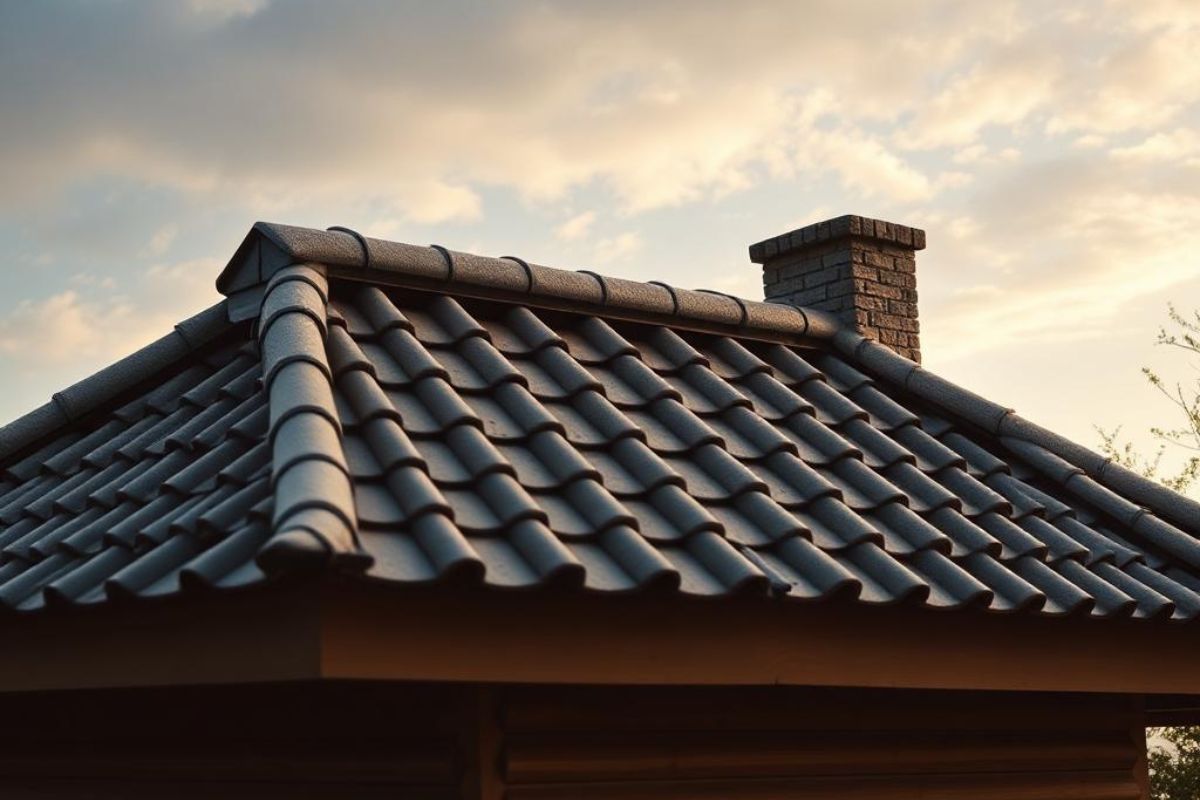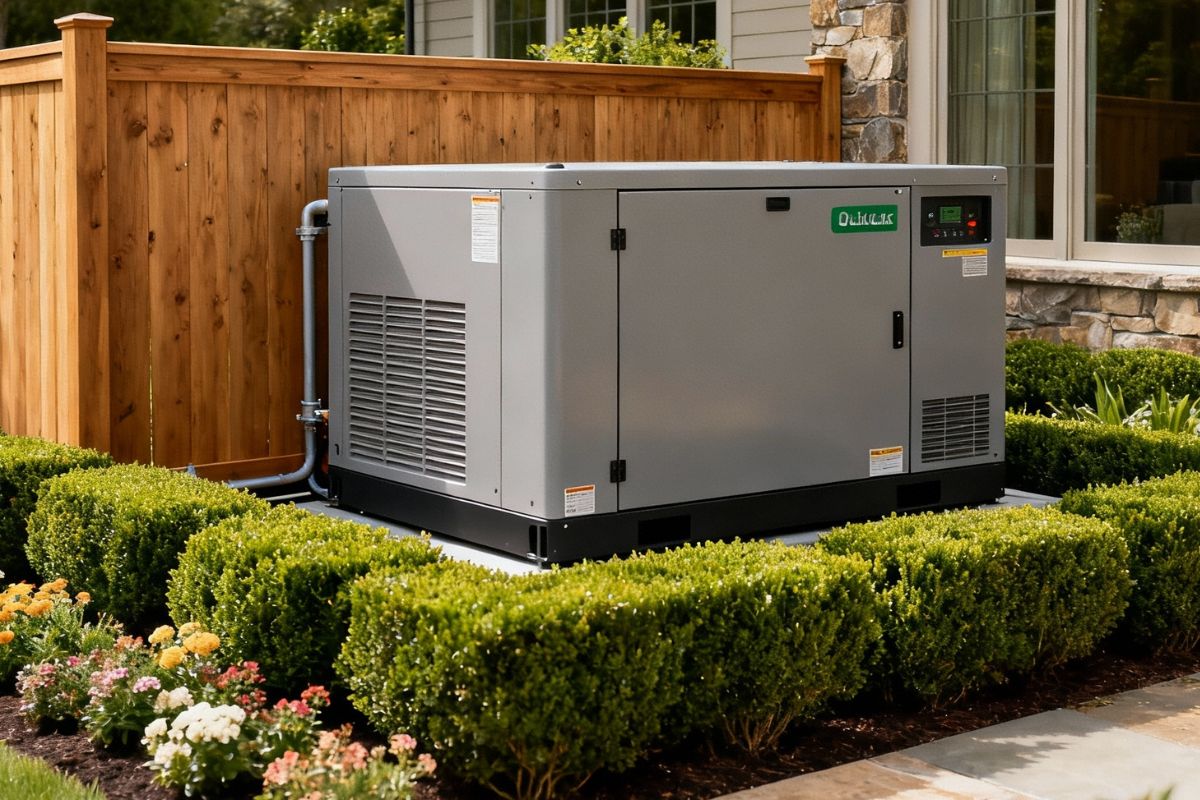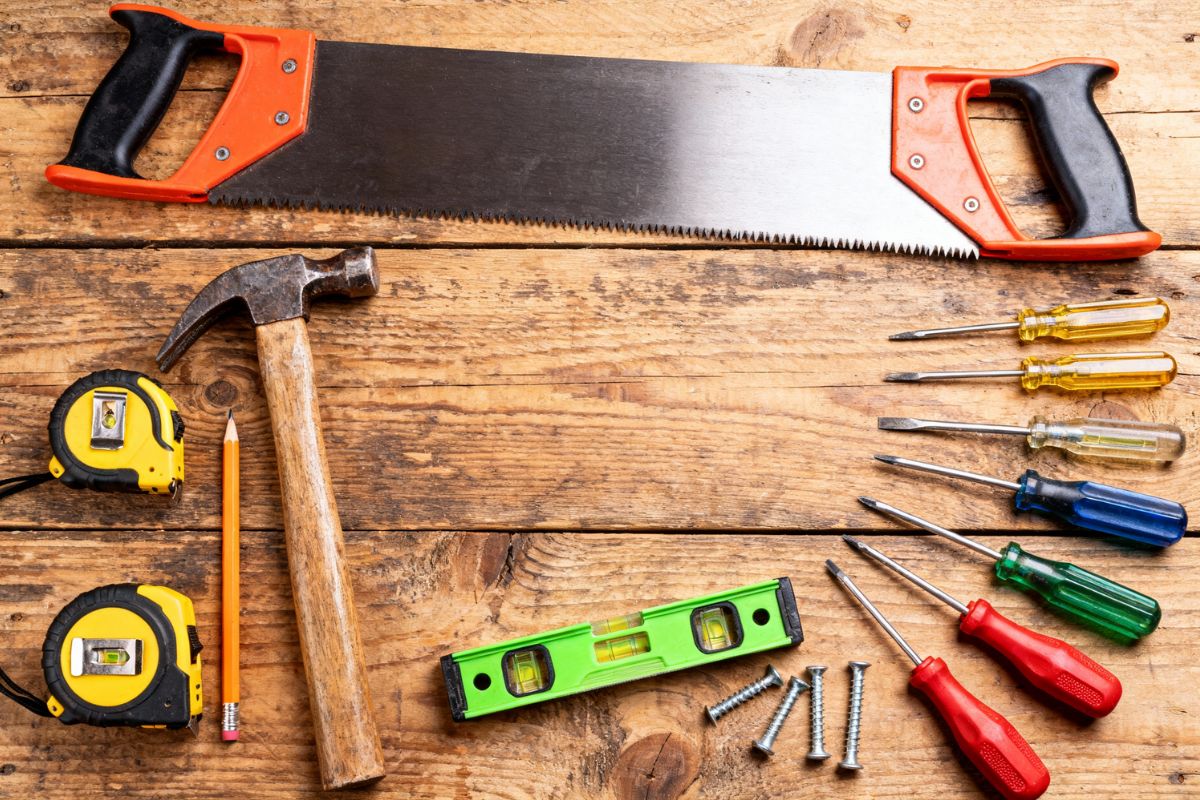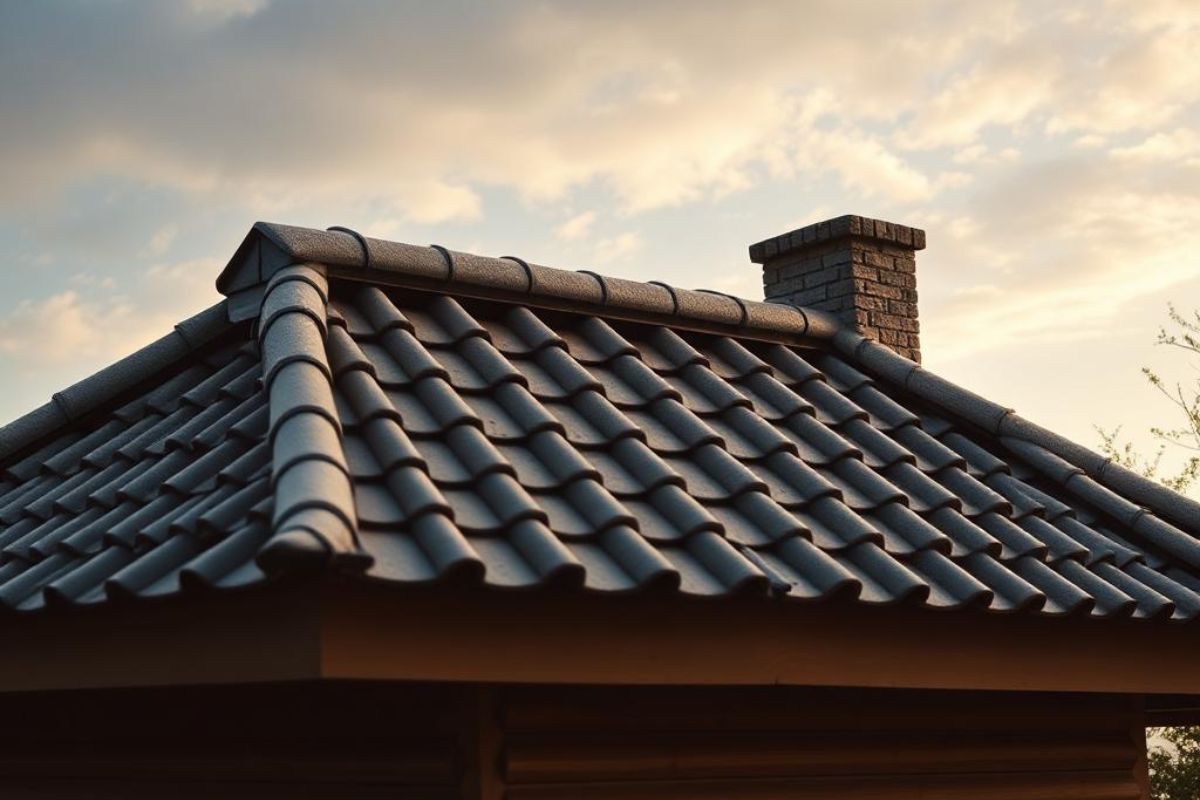Choosing the right roof design is a critical decision in residential and commercial architecture.
Whether you're building a new tiny house, renovating, or adding an extension, understanding the differences between flat and pitched roofs can dramatically affect the functionality, longevity, and aesthetics of your property.
This detailed guide provides a comprehensive flat vs pitched roof comparison to help you determine the best roof type for your tiny house, considering key performance aspects, climate suitability, budget, and style preferences.
Understanding Flat Roofs
What Is a Flat Roof?
A flat roof is a roof that appears level but is typically installed at a slight angle (usually around 1-10 degrees) to allow water drainage. Flat roofs are commonly seen in commercial buildings but have increasingly gained popularity in modern residential construction due to their minimalist look.
This style is particularly effective in urban architecture where height restrictions or design aesthetics call for a low-profile appearance. The simplicity of the structure also means fewer framing materials are required compared to pitched roof designs, thereby reducing the building load and expediting construction timelines.
Advantages of Flat Roofs
Modern Aesthetic: A flat roof offers a sleek, contemporary visual appeal. It complements cubist or modernist home designs and integrates effortlessly with large glass facades and concrete exteriors.
Ease of Installation: Construction is generally simpler and quicker than pitched roofs. Since it involves fewer components and less complex framing systems, the timeframe for flat roof installation is often reduced significantly.
Usable Space: Roof space can be utilized for solar panels, green roofs, or even a rooftop terrace. This feature is exceptionally beneficial in urban environments where outdoor space is limited. Homeowners can maximize the roof by adding features like pergolas, lounge areas, or even small herb gardens.
Cost-effective: Typically less expensive in terms of materials and labor during installation. Additionally, flat roofs are often more accessible, reducing maintenance and inspection costs over time.
Disadvantages of Flat Roofs
Drainage Issues: Lower pitch means water and snow can accumulate if drainage systems aren’t well-maintained. Blocked or poorly situated downspouts can lead to ponding water, increasing the risk of leakage and structural damage.
Shorter Lifespan: Materials on flat roofs tend to deteriorate faster and may require more frequent maintenance. UV radiation, temperature swings, and pooling can degrade membranes and coatings more rapidly.
Limited Insulation: Without proper insulation, flat roofs can be less efficient in extreme climates. Advanced systems such as layered foam boards or reflective membranes may be required to achieve desired efficiency levels.
Structural Limitations: Flat roofs typically offer lower load-bearing capacity for snow or heavy equipment unless specifically designed to do so, which can add to construction costs if such capacity is needed.

Exploring Pitched Roofs
What Is a Pitched Roof?
A pitched roof consists of two sloping sides that meet at a peak or ridge. The angle of inclination can vary but typically ranges from 15 to 60 degrees. This design is traditional and is widely used in residential architecture across various regions and climates. In areas prone to heavy snowfall or rainfall, steep pitches allow efficient clearance of accumulated precipitation.
There are several pitch styles, including gable, hip, gambrel, and mansard. Each provides unique stylistic and functional advantages. For instance, gable roofs offer a clean triangular silhouette while hip roofs are more stable in high-wind areas due to their inward-sloping sides.
Advantages of Pitched Roofs
Excellent Drainage: The slope naturally facilitates runoff of rain and snow, reducing water pooling. This passive drainage reduces the reliance on artificial drainage systems.
Longevity: Pitched roofs tend to have a longer lifespan due to better material durability and less wear from environmental stresses. Many homeowners report fewer issues and longer service intervals.
Energy Efficiency: When properly insulated, pitched roofs provide excellent thermal performance. Their ventilation systems (like ridge vents and soffits) also help regulate indoor temperatures, lowering energy bills.
Versatile Design: Accommodates attics or loft spaces for added storage or living areas. These spaces can be finished into bedrooms, offices, or recreational rooms, adding valuable square footage to a home.
Disadvantages of Pitched Roofs
Higher Cost: Materials and labor for pitched roofs are generally more expensive. Customized trusses, additional layers of underlayment, and more complex framing all contribute to the cost.
Complex Construction: Requires more time and expertise to build. Weather delays are more common because the design exposes more surface area during framing before it's fully covered and weatherproofed.
Limited Modern Appeal: May not complement contemporary architectural designs. For homeowners pursuing a minimalist or modernist aesthetic, the angular nature of pitched roofs may clash with flat-plan home designs.
Climate Considerations: Which Roof Style Is the Best for a Hot Climate?
Climate is a significant factor when comparing flat and pitched roof solutions. In hot climates, flat roofs can absorb and retain more heat due to their design, potentially increasing cooling costs. However, modern flat roofs can be optimized with cool roofing materials and reflective coatings to improve performance.
Additional options like white TPO (Thermoplastic Polyolefin) membranes, green roofing systems, and rooftop shading structures can substantially reduce heat absorption, even making flat roofs viable for regions with intense heat.
Pitched roofs, with their ventilated attic space, allow hot air to rise and disperse more efficiently, maintaining cooler interior temperatures. Tiled or shingled pitched roofs also provide better resistance to sun damage and UV exposure. Materials like clay tiles reflect more sunlight and last longer in sun-drenched environments.
Conclusion: For hot climates, especially in sun-intense regions, pitched roofs tend to offer better thermal efficiency, although flat roofs can be engineered to perform well with the right modifications. Homeowners should also consider local energy codes and utility rebates to make informed choices.

Which Roof Shape Is Best for a House?
The best roof shape for a house depends on architectural style, environmental exposure, functionality, and personal preference. Flat roofs complement modern architecture and are ideal for urban settings with limited space. On the other hand, pitched roofs are favored in suburban and rural areas, offering traditional charm and enhanced weather resistance.
Other considerations include HOA requirements, neighborhood aesthetics, and potential future expansions. In flood-prone regions, for instance, the design flexibility of a pitched roof might provide safer drainage during extreme conditions.
Homeowners prioritizing storage, attic spaces, or water runoff efficiency often lean towards pitched roofs. Conversely, those seeking to leverage roof space for environmental features like gardens or solar panels may prefer a flat roof.
The Golden Rule for Roof Pitch
The "golden rule for roof pitch" often refers to achieving a balance between form and function. In terms of performance, a pitch of 30 to 45 degrees is commonly recommended for optimal water drainage and snow shedding, especially in regions with significant rainfall or snowfall.
However, the ideal pitch will also depend on roofing material and design aesthetics. For instance, metal roofing can work with shallower pitches, while shingles require steeper angles for longevity and effectiveness.
Architects often evaluate environmental stress factors when determining roof pitch. For example, in areas with high winds, too steep a pitch can increase wind uplift pressures. Following building code minimums and manufacturer guidelines ensures safety and product warranty compliance.
Comparing Flat and Pitched Roof Solutions
Cost Comparison
In a typical flat vs pitched roof comparison, flat roofs come out ahead in terms of initial costs. They require fewer materials, involve less labor, and the construction timeline is shorter. However, over time, the cost of maintenance and potentially shorter lifespan can balance or exceed the cost of a pitched roof.
For example, a flat roof installation might save thousands initially, but if the roof requires membrane replacement or suffers from persistent pooling, those savings may diminish over a 20- to 30-year timeline.
Energy Efficiency
While pitched roofs naturally reduce heat infiltration and aid in passive ventilation, flat roofs can be customized with high-performance insulation and energy-efficient coatings. Thus, either roof can be made efficient with the right components.
In fact, many modern commercial and luxury residential buildings with flat roofs now outperform some pitched roofs in terms of energy metrics by utilizing advanced multi-layered insulation systems.
Maintenance Needs
Flat roofs typically demand more frequent inspections to prevent water pooling and leaks. Debris can accumulate more easily. Pitched roofs are less prone to water damage but can have vulnerable spots, particularly around chimneys and valleys, that require attention.
Seasonal cleaning and maintenance routines by professional roofers are essential for both roof types to optimize performance and longevity.
Aesthetic and Functional Flexibility
Flat roofs suit minimal, modern design standards and maximize rooftop utility. Pitched roofs enhance classical aesthetics and provide added storage or room for HVAC systems in the attic.
Consider the neighborhood context and any planned rooftop additions, such as skylights, air conditioning units, or rooftop decks, which can impact your roof type decision as well.
Pitched or Flat Roof Extension: Which One Is Right?
When adding an extension to your home, the decision between a pitched or flat roof extension depends on space, style, and budget. Flat roof extensions are ideal for single-story additions where cost and space are constraints. They integrate well into existing structures and are quicker to construct.
In urban housing renovations, flat roof extensions are frequently used to create open-plan living spaces with skylights or bifold doors that enhance interior light.
Pitched roof extensions, while more expensive and complex, harmonize better with traditional homes and may increase resale value due to their aesthetic continuity and perceived durability.
If elevation conditions allow, a pitched roof extension can offer vaulted ceilings, adding vertical drama to interior spaces.
Real-world Applications and Case Studies
Urban Residential Properties
Modern urban residences often feature flat roofs, enabling rooftop gardens, solar arrays, and eco-roofs in tight city lots. These homes often benefit from green building incentives and modern insulation strategies.
Flat roofs also accommodate mechanical systems without compromising valuable ground space.
Suburban Family Homes
In suburban environments, pitched roofs are predominant. Their aesthetic appeal and ability to provide expansive attic spaces contribute to higher marketability and practical household value.
Many buyers still favor the timeless architectural profile of a pitched roof, particularly when shopping for a family-oriented dream home.
Commercial and Industrial Buildings
Flat roofs dominate industrial and commercial structures. They provide easy access for maintenance and allow the installation of HVAC systems and other utilities directly on the roof surface.
The flexibility of flat roofs also simplifies the zoning and retrofitting process when expanding operations or adding solar energy systems.
Conclusion
Deciding between a flat and a pitched roof involves assessing multiple aspects, climate adaptability, budget, design preferences, and functionality.
A flat vs pitched roof comparison reveals that neither option is universally better; rather, the best roof type for your property is the one that aligns with its specific needs and architectural characteristics.
For those focused on cost and modern design, flat roofs offer versatility and aesthetic appeal. For homeowners prioritizing longevity, performance in adverse weather, and traditional style, pitched roofs are often the preferred choice.
Whether you're planning a pitched or flat roof extension or constructing a new home, ensure your decision reflects both the structural and aesthetic outcomes you desire. Ultimately, by comparing flat and pitched roof solutions, you equip yourself to make a choice that is both informed and aligned with your property's long-term value.






Share: